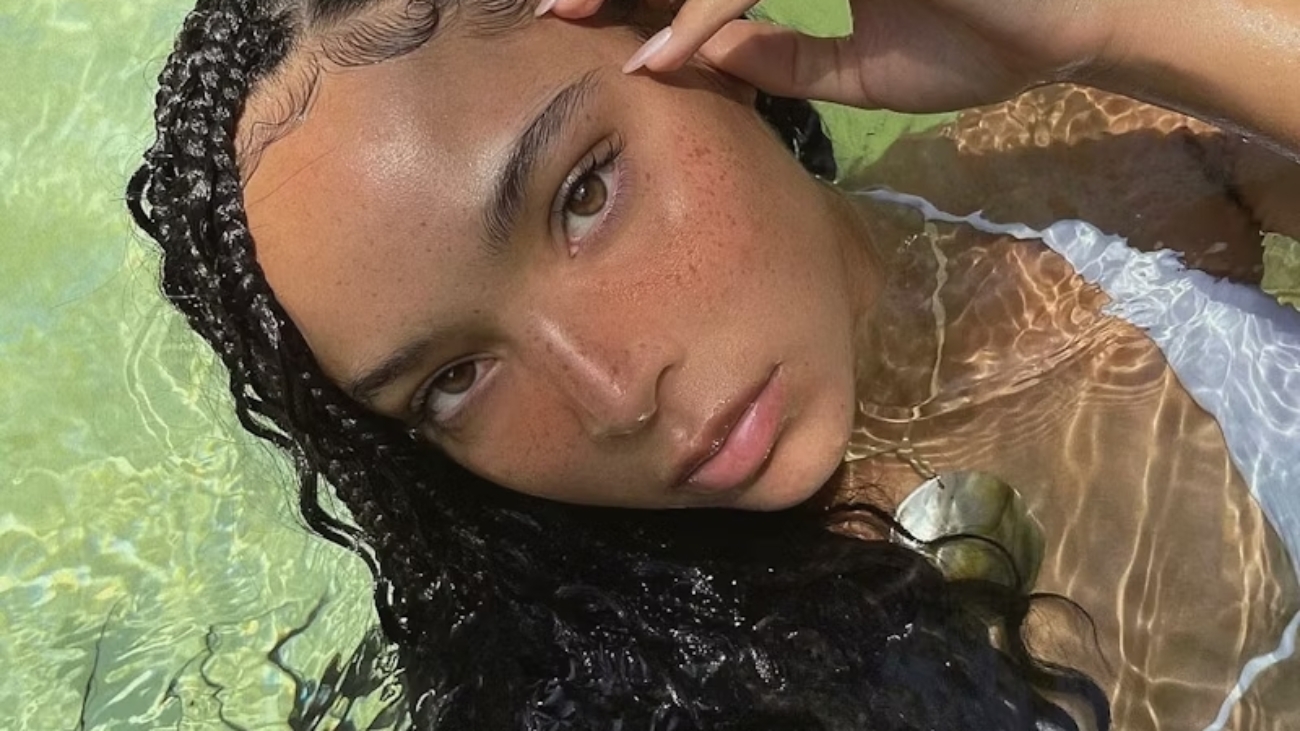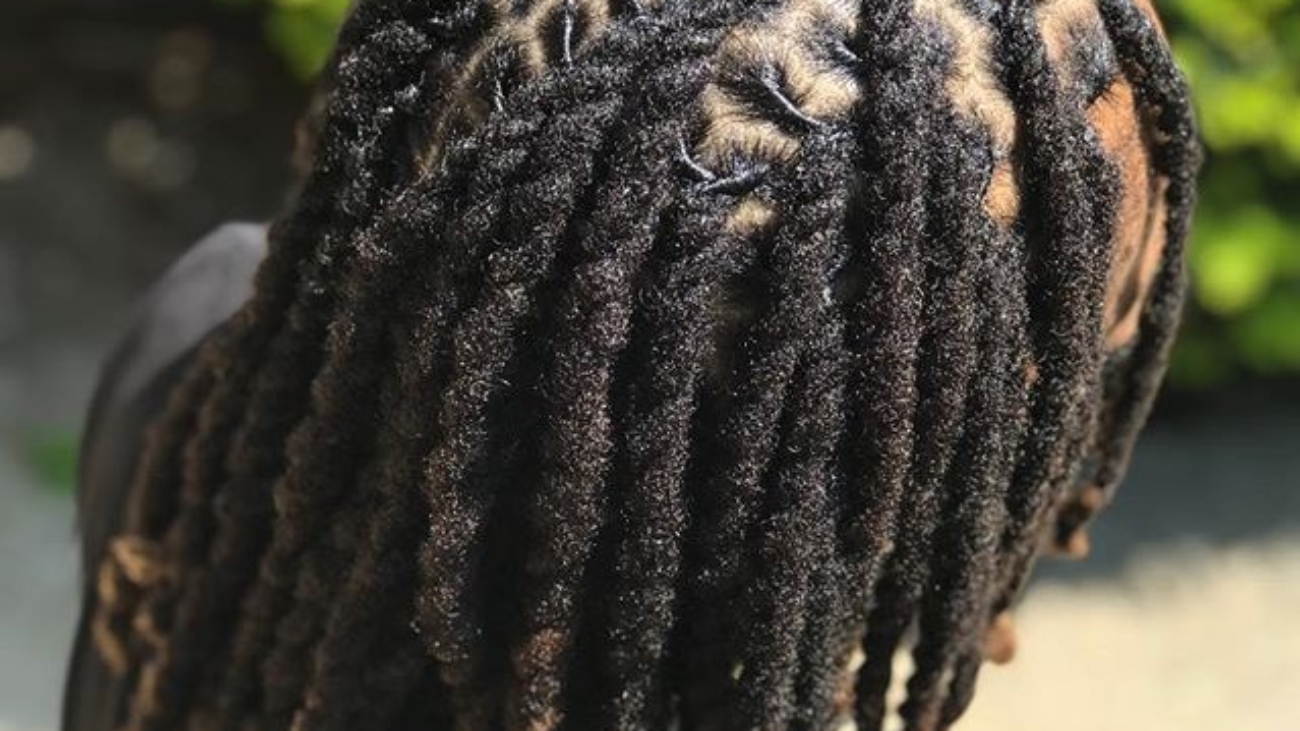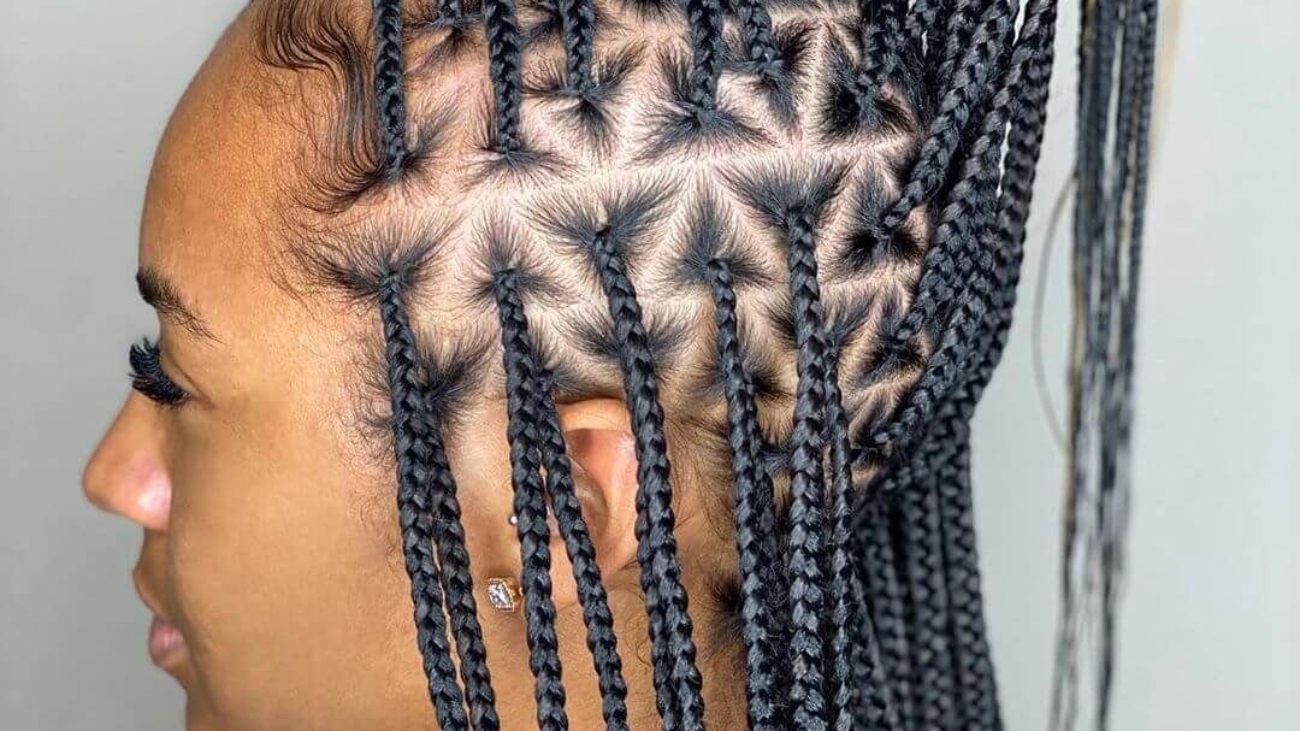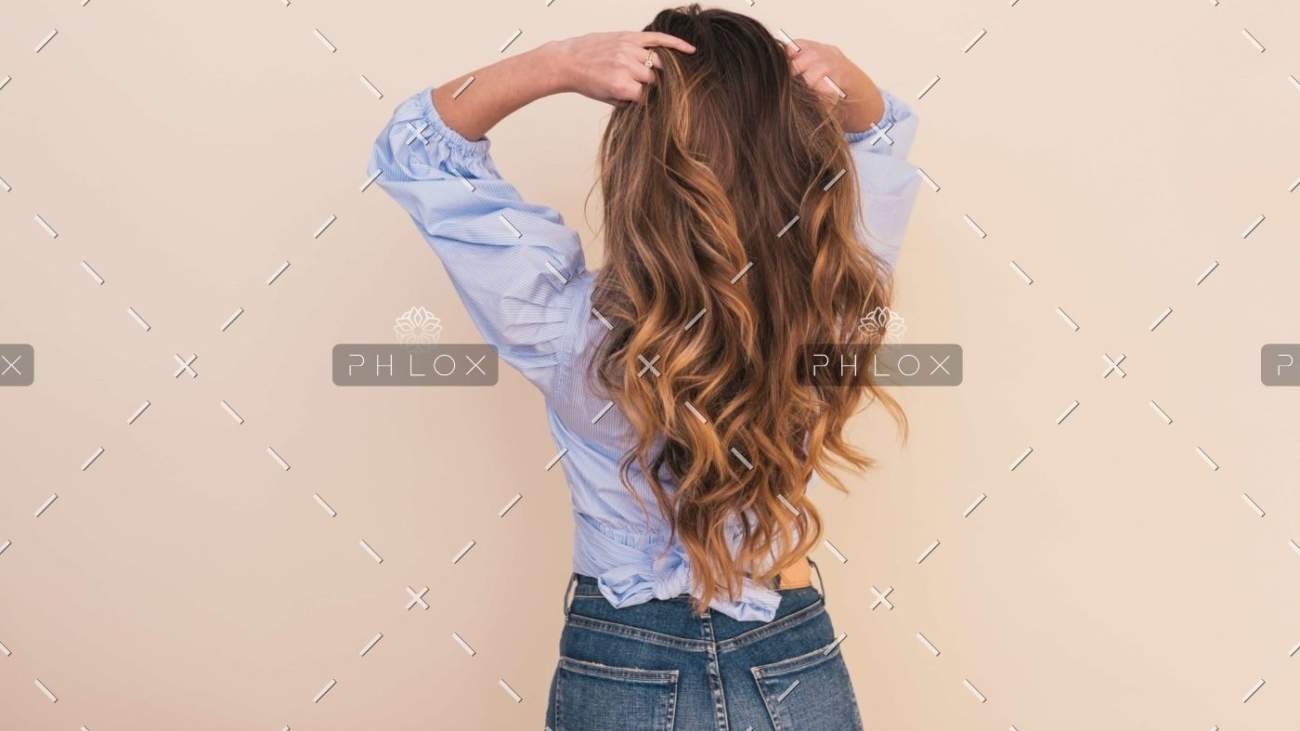All the natural hair girlies know that summer means replacing curl gels and hour-long wash days with an easy breezy protective style. This switch often entails one of the many braid options like knotless, boho, or Fulani, but can also include variations of twists and locs. Transitioning to these styles once temperatures begin to rise means less time spent crafting your perfect curls or coils and more time spent outside hanging with friends and actually enjoying the warm weather. They are also great for vacation because you can wake up, take off your bonnet or scarf, and go about your day without touching a single hair product. However one of the main caveats of going this route is that with extra braiding hair on your head, you might sweat more and they can feel heavy on your neck. Plus, you may want to swim in your fresh look, except that’s often considered a taboo practice motivated by fear of ruining it. So, how can you preserve your protective style while still being able to partake in all the fun summer activities?
Two-Strand Twists Should Be Your Next Protective Style
For members of the natural hair community, summer is often all about protective styles. When it’s hot and sticky outside, this method of wearing your hair offers a low-maintenance look that makes for easy styling and gives your curls a break from any manipulation. They’re perfect for a vacation or if you just need a rest from doing your hair every week. Variations of braids or locs are often popular options, but if you want to switch it up and try something a little bit different there are so many two-strand twist styles perfect for summer.
To get the look, it’s exactly how it sounds. After applying product and sectioning off your hair, you twist two pieces till you reach the end. This will get more complicated once you get into different styles, but the beauty is in their versatility. If you prefer a look without extra braiding hair, try twisting your natural hair into your chosen size of two-strand twists, whether that’s jumbo or mini. Then, finish off by dressing it up however you’d like. For those who want something more elaborate, add some braiding hair and go for passion twists that give a bohemian vibe or have fun with color by mixing and matching shades of brown or blonde. The choices are endless.
Mini Triangle Braids
Mini braids may take a long time to install, but with triangle parts, the payoff is worth wait. Small but precise angled sections give the knotless style a fresh update that’s unique and cool.
Why a Haircut Made This Entrepreneur Decide to Become
Throughout times, people have worn their hair in a wide variety of styles, largely determined by the fashions of the culture they live in. Hairstyles are markers and signifiers of social class, age, marital status, racial identification, political beliefs, and attitudes about gender.
Some people may cover their hair totally or partially for cultural or religious reasons. Notable examples of head covering include women in Islam who wear the hijab, married women in Haredi Judaism who wear the sheitel, married Himba men who cover their hair except when in mourning, Tuareg men who wear a veil, and baptized men and women in Sikhism who wear the dastar.
The oldest known reproduction of hair braiding lies back about 30,000 years: the Venus of Willendorf, now known in academia as the Woman of Willendorf, of a female figurine from the Paleolithic, estimated to have been made between about 28,000 and 25,000 BCE. The Venus of Brassempouy counts about 25,000 years old and indisputably shows hairstyling.
In ancient civilizations, women’s hair was often elaborately and carefully dressed in special ways. Women coloured their hair, curled it, and pinned it up (ponytail) in a variety of ways. They set their hair in waves and curls using wet clay, which they dried in the sun and then combed out, or else by using a jelly made of quince seeds soaked in water, or curling tongs and curling irons of various kinds.




